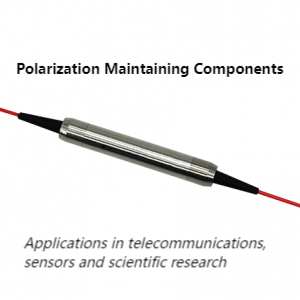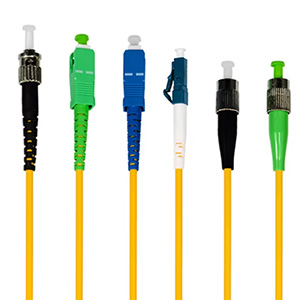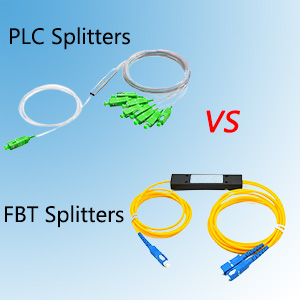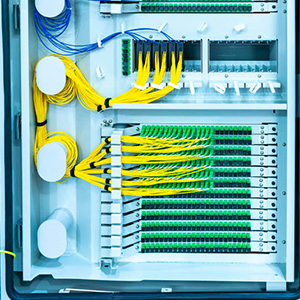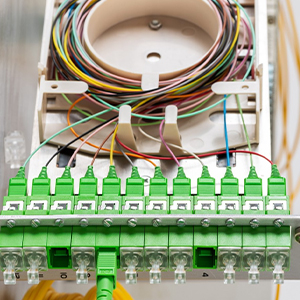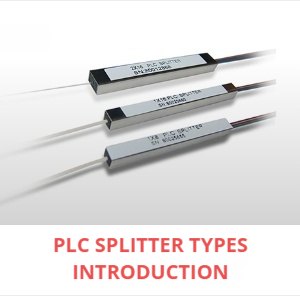In high-precision fiber optic systems, the polarization state of light directly affects signal quality and system performance. Polarization Controllers are essential devices that allow users to actively adjust and maintain a desired polarization state in optical fibers. They play a critical role in minimizing signal degradation, ensuring compatibility with polarization-sensitive components like modulators, interferometers, and PM fibers.
What Are Polarization Controllers?
In high-precision fiber optic systems, the polarization state of light directly affects signal quality and system performance. Polarization Controllers are essential devices that allow users to actively adjust and maintain a desired polarization state in optical fibers. They play a critical role in minimizing signal degradation, ensuring compatibility with polarization-sensitive components like modulators, interferometers, and PM fibers.
Polarization controllers work by mechanically or optically altering the light’s polarization. These devices manipulate the birefringence properties within the optical path to change the polarization state. Most commonly, they are used in research labs, communication systems, and fiber optic testing environments.
Types of Polarization Controllers
There are several types of polarization controllers, each with unique designs and operating principles:
1. Manual Polarization Controllers
These controllers use rotating paddles or fiber loops to create controlled birefringence. Operators adjust the paddles to achieve the desired polarization state. While they offer precision, they require manual input, making them more suitable for lab environments.
2. Electronic Polarization Controllers
These use electro-optic or piezoelectric devices to automatically adjust polarization states. Controlled via software, they offer fast and accurate polarization control, ideal for dynamic systems and automated setups.
3. Fiber Squeezer Controllers
By physically squeezing the fiber with piezo elements, these controllers induce stress that alters the polarization. They’re widely used in feedback-based polarization control systems.
Applications of Polarization Controllers
Polarization controllers are widely used in:
- Coherent Communication Systems – Ensure signal alignment with polarization-dependent receivers.
- Fiber Optic Sensors – Improve sensitivity and stability in sensing environments.
- Quantum Communication – Maintain polarization entanglement across transmission links.
- Interferometry & PM Systems – Align signal polarizations for interference-based measurements.
Choosing the Right Polarization Controller
When selecting a polarization controller, consider the following:
- Control Type: Manual vs. automatic.
- Precision Needs: Lab-grade vs. field deployment.
- Speed Requirements: Real-time systems demand faster controllers.
- Form Factor: Inline modules, benchtop units, or integrated components.
Conclusion
Polarization Controllers are more than just optional tools—they’re critical for achieving stable, high-performance transmission in modern optical networks. Whether you’re working in R&D, coherent communication, or fiber sensing, choosing the right controller ensures precision, reliability, and system compatibility. For high-quality polarization control solutions, explore the full range available at FiberLife.


